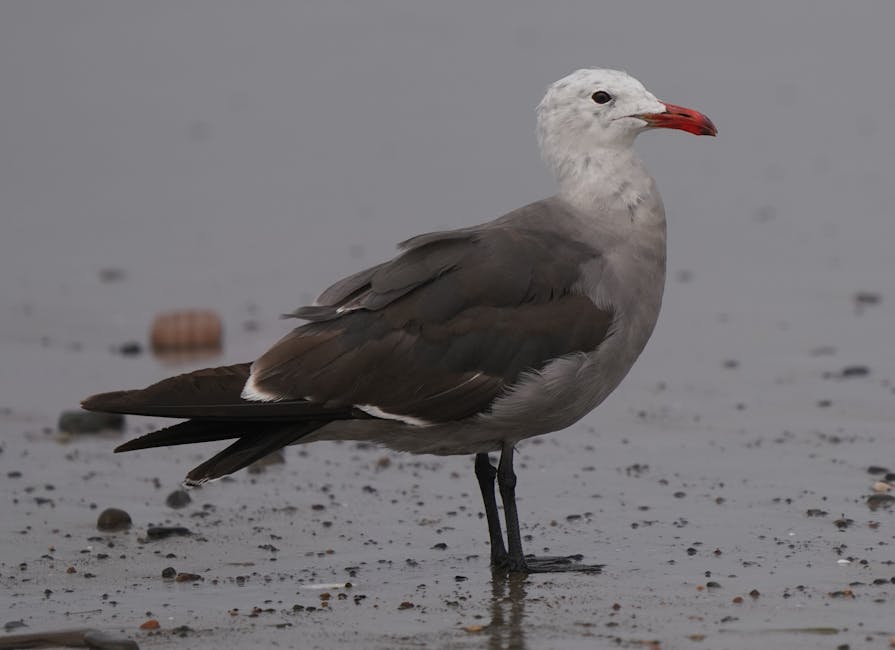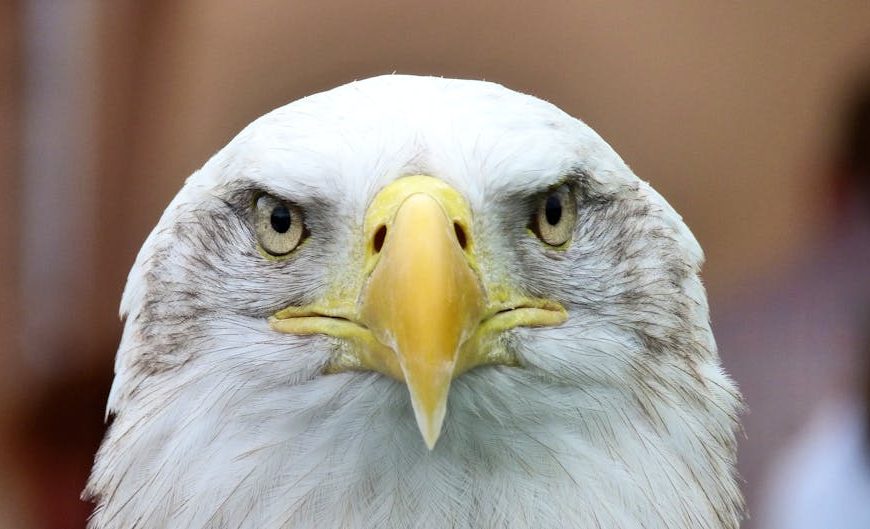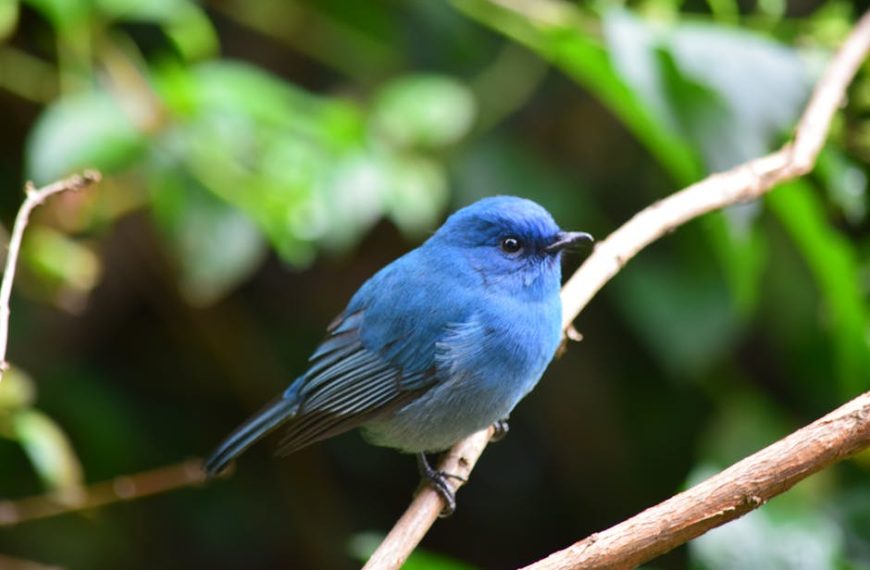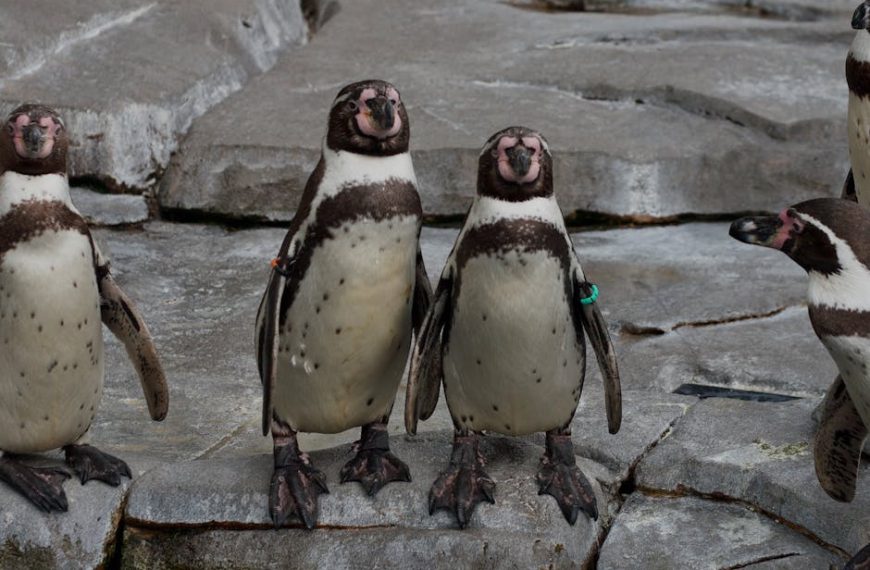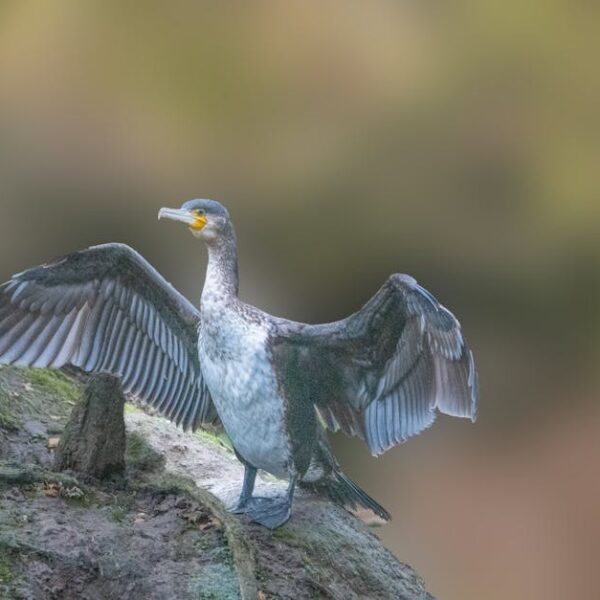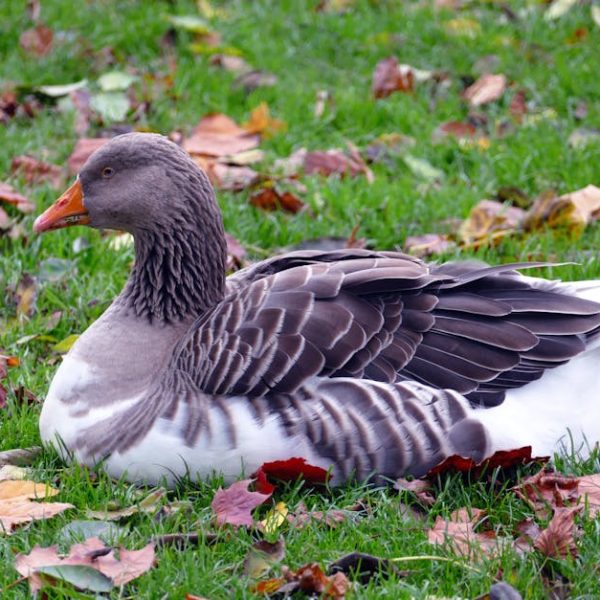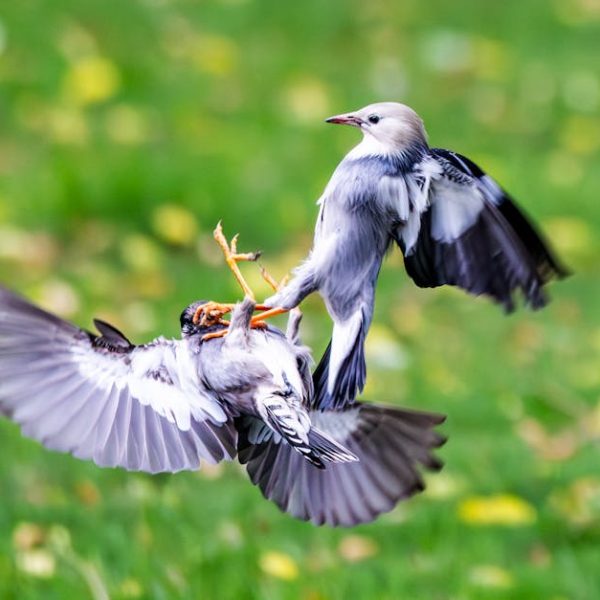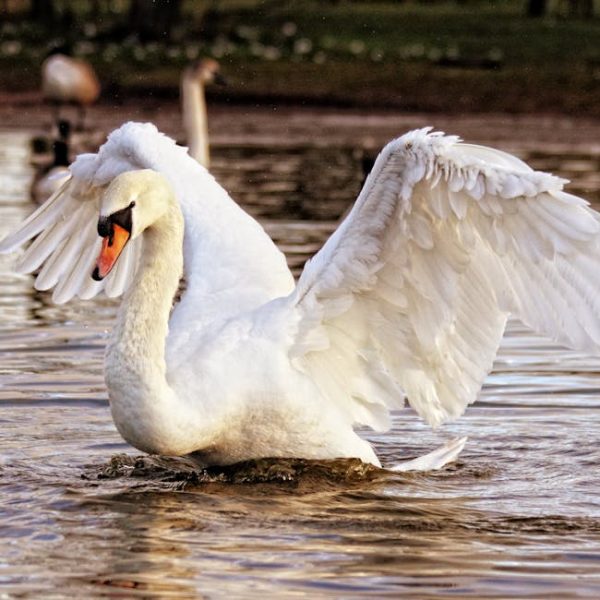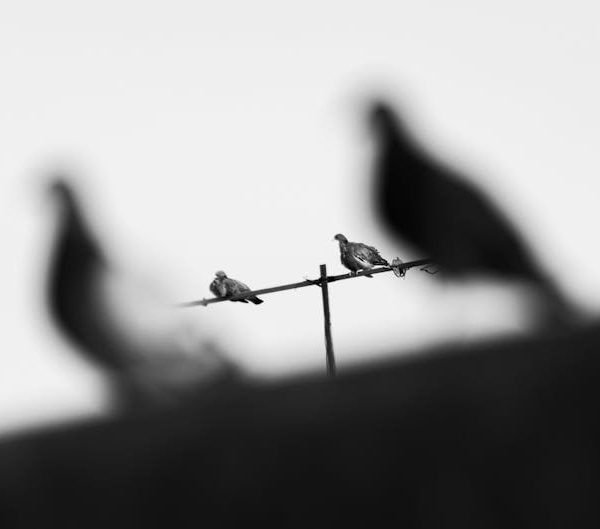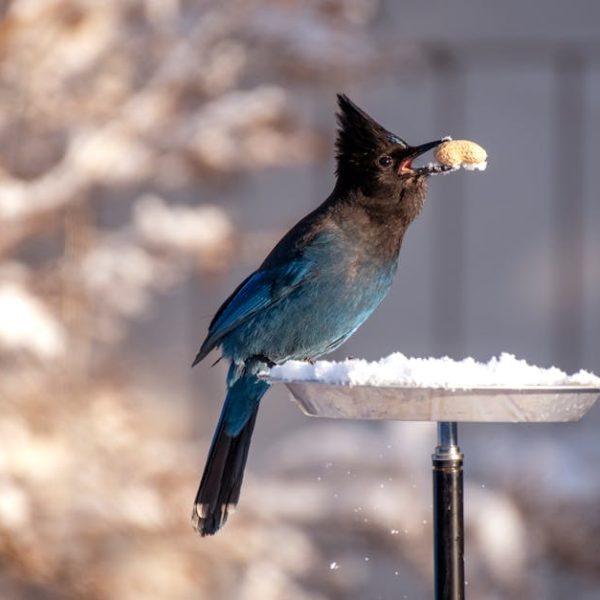Bird watching is a therapeutic endeavor enjoyed by many. The flurry of colors and majestic flight patterns are a sight for sore eyes. Among these creatures, birds with striking red beaks are undeniably fascinating. They break the mould with their vibrant and loud beak colors, making them a treat to identify and observe. This article aims to discuss six prominent birds with striking red beaks, providing information about their appearances, habitats, diets, and unique behaviors.
1. Northern Cardinal
One can identify the Northern Cardinal, a bird native to North and South America, by its bright red beak and body in males or brown body with warm red shades in females. These fruit and seed eaters often gather in shrubs or small trees. During breeding, they share duties with females, incubating eggs during the day while males take over during the night.
Few quick facts about Northern Cardinals:
- Average lifespan: 15 years.
- Size: 21-23 cm in length and 42-48 grams in weight.
- Breeding: They are monogamous, and both parents share responsibilities.
Their striking resemblance to Southern Cardinals is often a subject of confusion among birdwatchers, but Northern Cardinals have a more orange undertone compared to their southern counterparts’ purer red color.
2. Scarlet Ibis
Often found in tropical South America and parts of the Caribbean. The Scarlet Ibis stands out with its radiant red plumage and curvy, proportionately long red beak. They majorly feed on shrimps, worms, insects, and other small aquatic organisms.
For accurately identifying the Scarlet Ibis, follow this checklist:
- Dull red to bright orange or pink plumage.
- Distinct backward curving, long, thin red beak.
- Somewhat blue outlines around eyes.
3. Red Crossbill
Red Crossbills, found in the conifer forests of North America and Eurasia, feature a uniquely shaped crossed red bill. This distinctive shape allows them to extract seeds from cones. They have variable diet patterns, corresponding with the cone crop availability in each region.
Spotting a Red Crossbill requires patience and alertness due to their quick flight patterns. Their red beaks provide an intricate mix of advantage and disadvantage. It acts as a camouflage while residing in red-barked pine trees but also makes them easily visible to predators.
4. African Grey Parrot
This parrot species is renowned for its cognitive abilities and red tail feathers. African Grey Parrots are social creatures, thriving in densely forested areas within a flock. Their diet mainly consists of palm nuts, seeds, and fruits. Despite their gray bodies, their beaks’ red color stands out markedly.
When approaching African Grey Parrots, maintain a respectful distance to avoid scaring them off. A comparative analysis will reveal significant differences in size, beak shape, and color between African Grey Parrots and the Scarlet Ibis. Despite both having red beaks, the Ibis has a curvier, elongated beak.
Stay tuned for the next part of our red-beaked birds identification guide, which includes the California Condor and Red-Billed Streamertail!
5. California Condor
Featuring a massive wingspan and an unmistakable red-orange beak, the California Condor is truly an imposing sight. This bird thrives in rocky shrublands, coniferous forests, and oak savannas, subsisting on a diet of large carcasses, such as deer or cattle. It’s also worth noting that this bird is critically endangered, with several concerted efforts made towards its conservation.
Some initiatives geared towards the California Condor’s preservation include:
- Captive breeding programs.
- Habitat restoration and protection.
- Public education on the importance of condor conservation.
⚙ Pro tip: When observing the California Condor, remember to adhere strictly to bird-friendly practices. This helps minimize disturbance to the bird, ultimately contributing to its survival.
6. Red-Billed Streamertail
Wrapping up our list is the Red-Billed Streamertail, also known as the Doctor Bird in its native land, Jamaica. Its vibrant green body, striking red beak, and two long tail feathers that flutter like streamers are undeniably distinctive. As nectar feeders, the Red-Billed Streamertail primarily feasts on a variety of tropical flowers.
Some quick facts about the Red-Billed Streamertail:
- Diet: They feed primarily on nectar but will also consume insects and spiders for protein.
- Habitat: Tropical forests and gardens in Jamaica.
- Honorary status: It’s Jamaica’s national bird!
The sexes of the Red-Billed Streamertail can be distinguished based on their tail length and beak color. Males sport a black-tipped red beak and two long, black streamer tail feathers. Conversely, females feature a dark, almost black beak and shorter tail feathers without streamers.
With the completion of our red-beaked birds identification guide, aspiring birdwatchers should now find it easier to identify some of the most popular birds with red beaks. As always, remember to respect these creatures and their habitats as we enjoy this wonderful pastime. Happy birding!
Key Takeaway:
- The article provides a comprehensive guide on six birds with striking red beaks, specifically Northern Cardinal, Scarlet Ibis, Red Crossbill, African Grey Parrot, California Condor, and Red-billed Streamertail.
- Detailed information is provided, from appearances, habitats, diets, to unique behaviors, to aid in accurate identification.
- Birdwatching etiquette and conservation efforts are also mentioned to promote respectful and sustainable practices.
Maintaining a sense of wonder and curiosity about the natural world is a delightful way to experience life. Identifying bird species based on special features like red beaks is a skill to develop, but always remember to observe responsibly, respecting their habitats, and supporting conservation efforts.
FAQs
Q: Why do some birds have red beaks?
A: The color of bird beak often depends on its diet, genetic factors, or mating rituals. A red beak may signal good health or high status to potential mates.
Q: Can the color of a bird’s beak change?
A: Yes, some birds can change the color of their beaks during breeding season or due to changes in their diet.
Q: Is birdwatching safe for the birds involved?
A: Birdwatching is generally safe for birds if done responsibly. This includes keeping a respectful distance, not disturbing nests, and leaving no trace in their habitats.
Q: What can I do to support bird conservation efforts?
A: There are various ways to support bird conservation. This includes raising awareness, donating to related organizations, supporting legislation for bird protection, and practicing responsible birdwatching.
Q: Are there specific tools needed for birdwatching?
A: Basic tools for birdwatching include a good pair of binoculars for spotting birds and a field guide for identifying them. A notebook can also be useful for taking notes.
Take advantage of this newfound knowledge to explore your own environment and nurture nature’s beauty! Feel free to share this article with fellow bird enthusiasts and explore more posts on our website for further insights.
